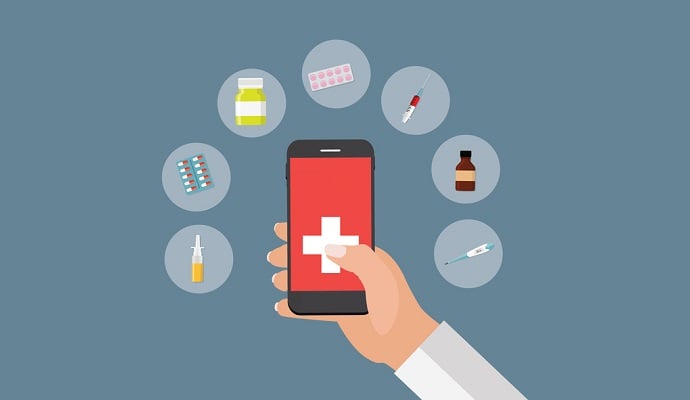While electronic health records software (EHR) may assist physicians in real-time communication with patients during office visits, they can also prove to be a distraction. Using an EHR can cause providers, nurses, and staff to seem disengaged from the patient. Keeping a healthy relationship with your patients is extremely valuable.
Here, we have outlined 5 areas of your practice where communication may be at risk if you are using an electronic health records software or if you are planning on using one.
1.) Understand the Electronic Health Records Software
Understanding the EHR is a huge factor when it comes to building a healthy relationship with patients.
Putting in extra time to train on the EHR and understanding the available documentation options will help you effortlessly navigate through the software. As a result, the patient will receive your full attention so that a stronger relationship can be built.
2.) Prepare the Patient
Before transferring to an EHR or EMR system, post signs in the office to prepare patients for the change. Have your staff members talk to patients about the upcoming change.
Take advantage of your current EMR and send messages via patient portal explaining how this will benefit every patient, what changes they will see, and what to expect at an upcoming appointment.
3.) Be Prepared as the Provider
Take a glance at each patient on your schedule for the following day to be aware of the patient's medical history. Develop some pre-planned questions for patients and review the chart before even entering the room.
This should help eliminate the amount of time looking at the computer and put the focus on listening and engaging with the patient.
4.) Orient the Room for Better Communication
Do not place the computer between you and the patient or have your back towards the patient during a conversation. In each exam room, ask ‘Where should the computer be placed to increase patient and physician interaction?’
Or consider a tablet instead of a computer. When deciding if a tablet is appropriate, be sure that it will provide the same capabilities as a computer. There are plenty of ways to give undivided attention to your patients in the exam room without having to sacrifice more time.
5.) Discuss the EHR With the Patient
Patients will appreciate staying informed about their health. While documenting, summarize to the patient to reassure all information is correct. Share your screen with the patient to review medical history and medications. Work towards improving the comfort level with the EMR so even more of the documentation can be shared with the patient during the visit.
In December of 2011, Medscape reported on a study also published in the December 2011 issue of the Annals of Internal Medicine “Patients are more enthusiastic about reading what their physicians are writing about them than physicians are about allowing patients to access their electronic health records.”
Patients want and need to be involved in their health outcomes. Make it a goal to pull up information from the patient’s record, such as the problem list, medication list and care plan, or educational information from the internet to review together during the visit.







